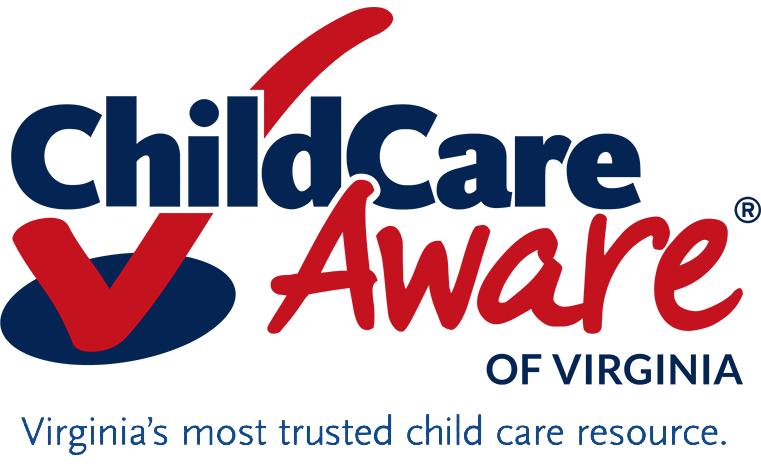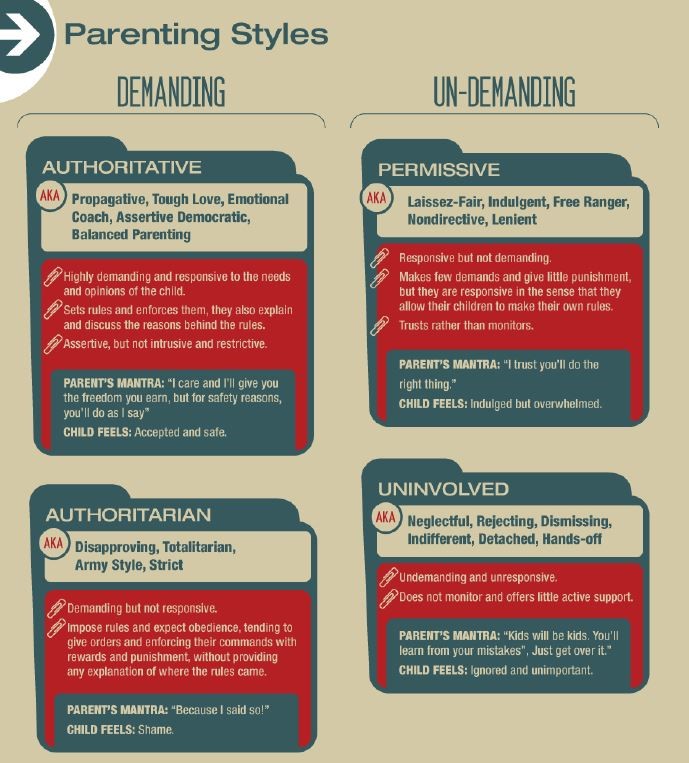Before we can communicate with our children, we have to check in with ourselves. Take a moment to read about the different parenting styles and the effects they can have on our children. What’s your parenting style?
Consistency, Consistency, Consistency!
Once you’ve discovered your parenting style, it’s important to keep everyone on the same page. Let your partner, your family, and your child’s caregivers know the approach you’ve chosen to use to parent your child. These people also play a huge role in your child’s lives, so try to work together to stay consistent. When caregivers allow different behaviors, respond differently to misbehavior, or offer varying levels of supervision, it can cause major confusion for your child. Try to keep the approach as consistent as you can!
Communicating from Birth
Effective communication is at the heart of positive relationships with babies. We already discussed how babies communicate their feelings through gestures and sounds. When parents and caregivers respond to a baby’s sounds and gestures in a positive, attentive way, babies learn that they are loved, understood, and important. From this, they can also learn to care for others. Most importantly, they learn to trust that adults will care for them.
Make it a point to talk to your infant about everything. For example, “Now I’m going to change your diaper.” Even though your baby may be babbling at you, speak back to them like you understand every word. It may seem pointless, but their brains are processing language and developing important language skills for when they’re ready to talk.
As your baby approaches 6-9 months of age, become your baby’s interpreter. Watch what they point at and ask out loud if they’d like you to hand it to them. As they approach 12 months, they will start understanding more than they can say and they can even begin to follow simple commands such as, “Go get your ball.”
Communicating in Toddler and Preschool Years
As your baby becomes a toddler, follow their lead, joining them as they tell you their interests and ideas. When describing things to your toddler, now is the time to relate new things to those that are familiar. For instance, “That dog reminds me of Buddy” or “That leaf is green, the color of our car.” If they cannot say words properly, substituting “ju ju” for juice or “pisketti” for spaghetti, gently correct them with the proper word.
If you haven’t already began a story time routine, now is the time to start! Children love reading, both because they find books interesting but also because they get to spend one on one time with you. Find a time to routinely read books with your child. The more you read to them, the more likely they are to pick up on language and communication skills, as well as an understanding of the world around them.
Be a Role Model
Learning how to communicate properly can be really hard! Be prepared for your little ones to have meltdowns once in a while – they’re upset and they are trying to communicate that to you. Try not to get angry at their tantrum, but show them how to properly convey their emotions. Take a few deep breaths and calmly explain the situation to your little one. Be a model of the cool and collected attitude that you want your little one to possess.
Additional Resources:




